New Caledonia, a French overseas territory located in the South Pacific Ocean, is a mesmerizing destination renowned for its stunning landscapes, rich cultural heritage, and vibrant marine life. Comprising a main island and several smaller islands, New Caledonia offers a unique blend of natural beauty and cultural diversity. With its crystal-clear lagoons, lush rainforests, and a distinctive blend of French and Melanesian influences, New Caledonia is a paradise for travelers seeking an exotic escape.
Table of Contents
Geography
New Caledonia is situated approximately 1,210 kilometers east of Australia and 2,000 kilometers north of New Zealand. The territory spans an area of approximately 19,100 square kilometers, making it one of the largest islands in the South Pacific. The main island, Grande Terre, is surrounded by a vast lagoon and barrier reef, creating a picturesque environment that is ideal for a range of outdoor activities.
The geography of New Caledonia is characterized by its diverse landscapes, which include pristine beaches, rugged mountains, and tropical rainforests. The island’s central mountain range, known as the “Chaîne de la Soufrière,” features lush forests and volcanic peaks, while the coastal regions are dotted with beautiful coral reefs and sandy shores. New Caledonia’s location within the Pacific Ring of Fire contributes to its volcanic activity, adding to the island’s dramatic terrain.
New Caledonia is surrounded by the Coral Sea to the east and is in close proximity to the Vanuatu archipelago to the north. The island’s strategic location has historically made it a significant center for maritime trade and cultural exchange in the Pacific region.
States of New Caledonia
New Caledonia is divided into three provinces, not states. These provinces are:
| Province | Capital |
|---|---|
| North Province | Koné |
| South Province | Nouméa |
| Loyalty Islands Province | Wé (Lifou Island) |
History
The history of New Caledonia is deeply rooted in its indigenous Kanak culture, which has shaped the island’s identity over centuries. The Kanak people, the island’s original inhabitants, have a rich cultural heritage characterized by traditional customs, art, and social structures. European exploration of New Caledonia began in the early 19th century when French navigator Jules Dumont d’Urville arrived on the island in 1827.
In 1853, New Caledonia was officially annexed by France and became a French colony. The French colonial period saw significant changes to the island’s social and economic structures, including the introduction of European agricultural practices and the establishment of a penal colony. The impact of colonialism on the Kanak people was profound, leading to social and cultural disruptions.
Throughout the 20th century, New Caledonia experienced periods of political and social unrest as the Kanak people sought greater autonomy and recognition of their rights. The 1988 Matignon Accord and the 1998 Nouméa Accord were key agreements that laid the foundation for greater self-government and political representation for the Kanak people. The ongoing process of decolonization and self-determination remains a central theme in New Caledonia’s contemporary political landscape.
Top Ten Must-Visit Destinations
1. Nouméa
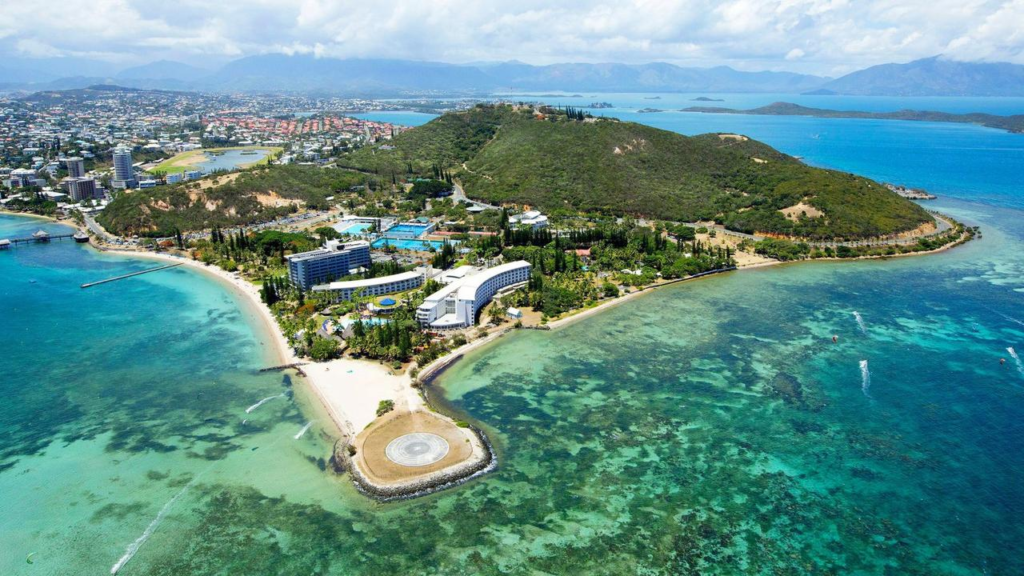
Nouméa, the capital city of New Caledonia, is a vibrant urban center known for its cosmopolitan atmosphere and stunning coastal scenery. The city features beautiful beaches, modern amenities, and a range of cultural attractions, including the Tjibaou Cultural Centre, which showcases Kanak art and heritage. Nouméa is a great starting point for exploring the island and enjoying its diverse dining and entertainment options.
2. Isle of Pines

The Isle of Pines is renowned for its pristine white-sand beaches and crystal-clear waters. This picturesque island offers a serene escape with its tranquil lagoons, lush tropical vegetation, and unique pine forests. Visitors can relax on the beautiful beaches, explore the island’s natural beauty, and enjoy water activities such as snorkeling and kayaking.
3. Loyalty Islands

The Loyalty Islands, comprising Lifou, Maré, and Ouvéa, are known for their stunning coral reefs and idyllic beaches. Each island has its own unique charm, with Lifou featuring lush forests and traditional Kanak villages, Maré offering spectacular underwater scenery, and Ouvéa known for its long, white-sand beaches. The Loyalty Islands provide a perfect setting for outdoor adventures and cultural experiences.
4. Blue River Provincial Park
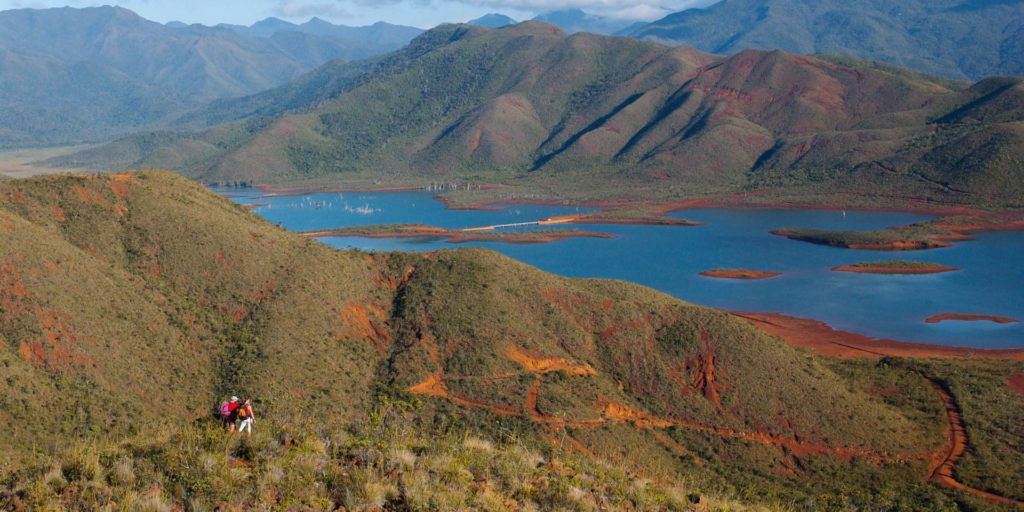
Blue River Provincial Park is a natural wonder located in the southern part of New Caledonia. The park is famous for its striking blue-hued river, lush rainforests, and diverse wildlife. Visitors can explore the park’s hiking trails, enjoy picnicking by the river, and experience the park’s unique ecological features, including rare plant species and endemic birds.
5. Grande Terre
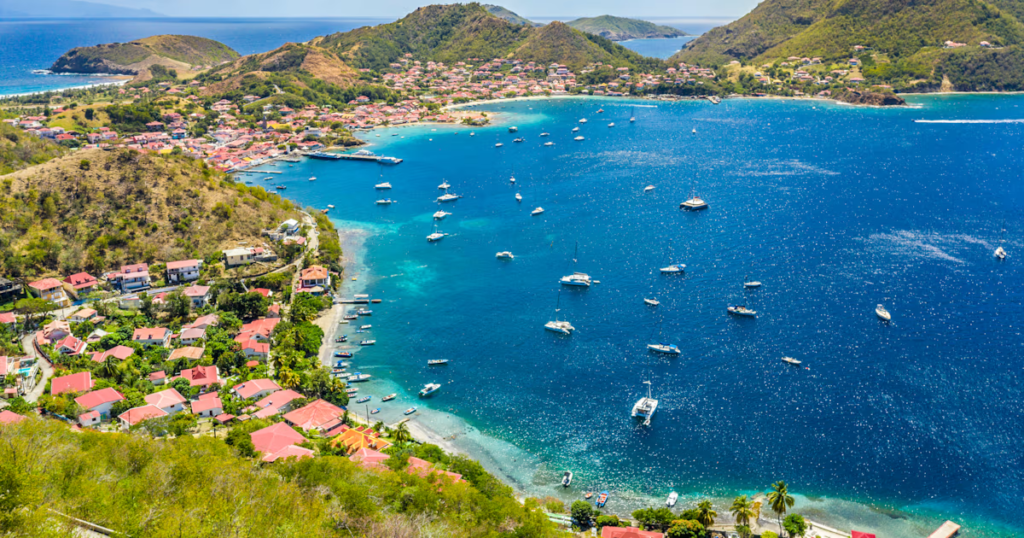
Grande Terre, the main island of New Caledonia, offers a diverse range of landscapes and activities. The island features dramatic mountain ranges, picturesque beaches, and extensive coral reefs. Popular attractions include the Tontouta Valley, known for its scenic beauty, and the remote and rugged terrain of the Far North region, which provides opportunities for hiking and adventure.
6. Tjibaou Cultural Centre
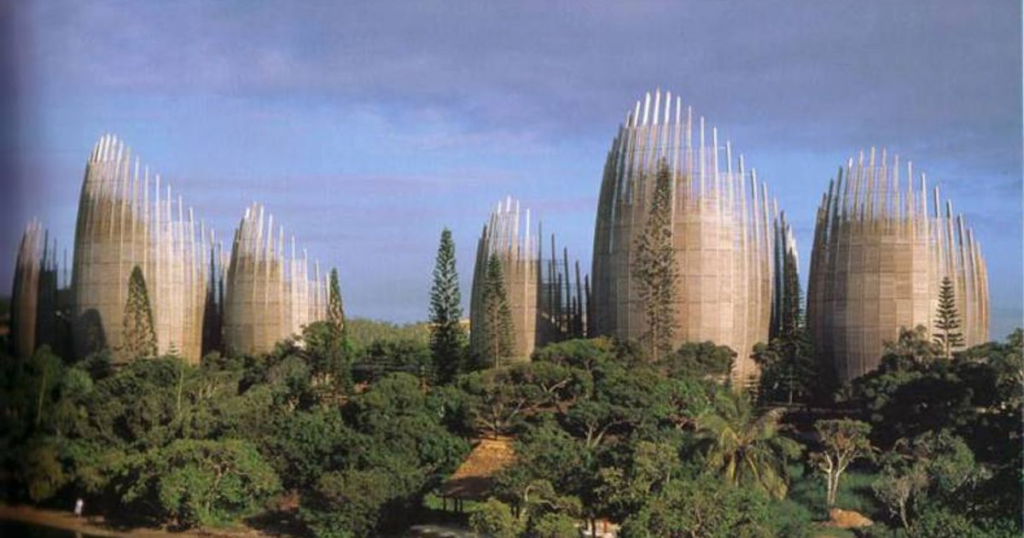
The Tjibaou Cultural Centre, located in Nouméa, is a must-visit cultural institution dedicated to celebrating Kanak art and heritage. Designed by architect Renzo Piano, the centre features striking architecture and exhibits showcasing traditional Kanak crafts, art, and cultural practices. The Tjibaou Cultural Centre offers an in-depth understanding of the Kanak people’s history and cultural identity.
7. La Dumbéa River

La Dumbéa River, located near Nouméa, is a popular destination for outdoor enthusiasts. The river offers opportunities for kayaking, canoeing, and swimming in its clear waters. Surrounded by lush tropical vegetation, La Dumbéa River provides a scenic and tranquil setting for enjoying New Caledonia’s natural beauty.
8. Ouvéa Island

Ouvéa Island, part of the Loyalty Islands, is renowned for its stunning natural beauty, including its long, white-sand beaches and turquoise waters. The island is perfect for relaxation, snorkeling, and exploring traditional Kanak villages. Ouvéa’s pristine environment and laid-back atmosphere make it a favorite destination for beach lovers.
9. Hienghène
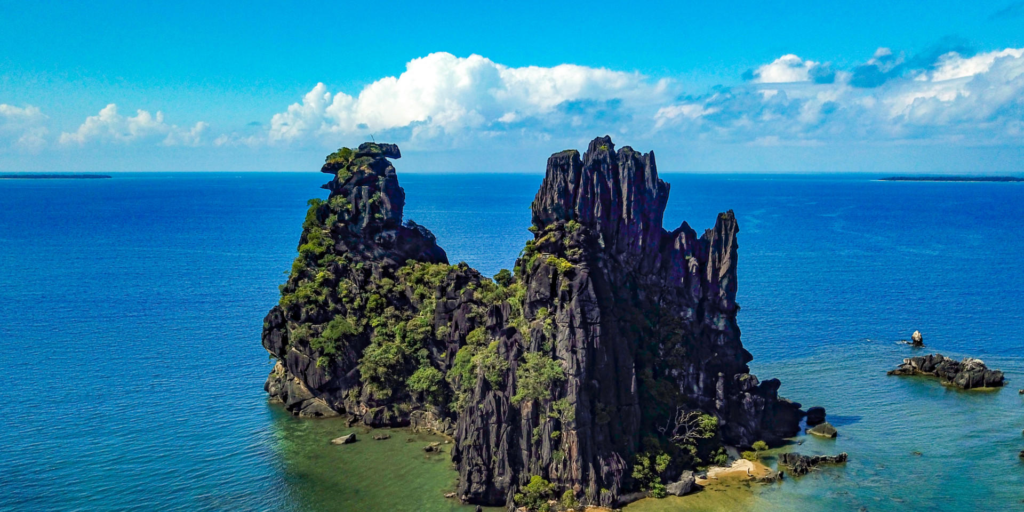
Hienghène, located on the eastern coast of Grande Terre, is known for its dramatic limestone formations and scenic landscapes. The area features impressive geological formations, including the iconic “Ladder of the Gods” rock formation, as well as picturesque beaches and traditional Kanak villages. Hienghène is a great destination for exploring New Caledonia’s natural wonders and cultural heritage.
10. Poindimié
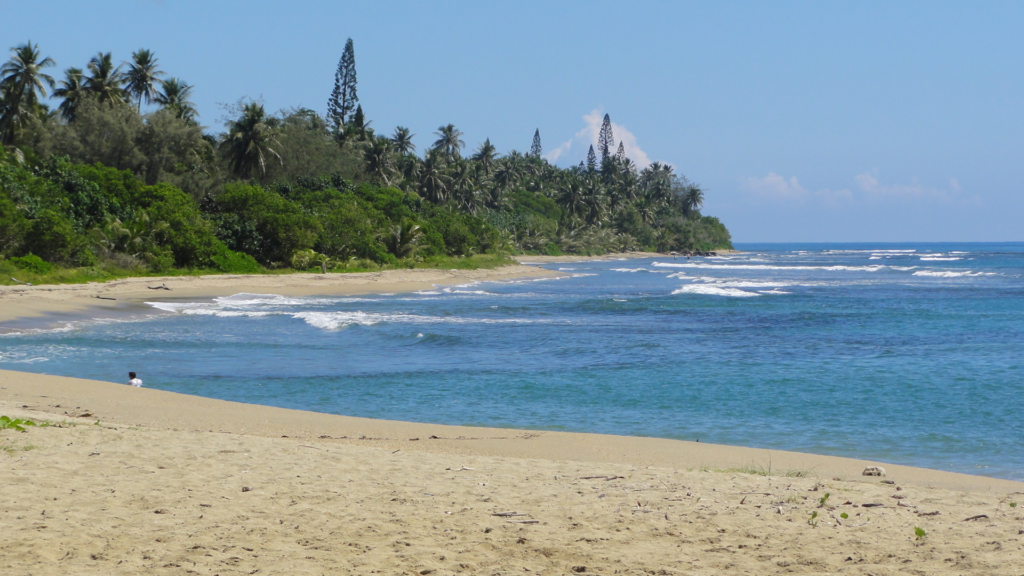
Poindimié is a charming coastal town on the northeastern coast of Grande Terre, offering a blend of natural beauty and cultural experiences. The town is known for its beautiful beaches, lush rainforests, and vibrant local markets. Poindimié provides opportunities for exploring the island’s traditional culture and enjoying outdoor activities in a picturesque setting.
Culture
New Caledonia’s culture is a rich tapestry woven from its Melanesian heritage and French colonial influences. The Kanak people, the island’s indigenous inhabitants, have a vibrant cultural tradition that includes traditional dances, music, and art. Festivals and ceremonies, such as the Kanak cultural festivals and the annual Festival of New Caledonia, celebrate the island’s diverse cultural heritage and provide visitors with an opportunity to experience traditional practices.
The French influence is also evident in New Caledonia’s culture, particularly in its cuisine, architecture, and lifestyle. The island’s blend of French and Melanesian elements creates a unique cultural environment that reflects its colonial history and contemporary global connections.
Festivals
New Caledonia hosts a variety of festivals and cultural events throughout the year that celebrate its rich heritage and diverse traditions. One of the most notable events is the Kanak Cultural Festival, which showcases traditional Kanak music, dance, and crafts. The annual Festival of New Caledonia, held in December, features a vibrant mix of local and international performances, art exhibitions, and culinary delights, providing a lively and festive atmosphere for both locals and visitors.
Economy
New Caledonia’s economy is primarily driven by mining, tourism, and agriculture. The island is known for its significant nickel deposits, which play a crucial role in its economic development. Mining operations contribute substantially to the territory’s revenue and employment. Tourism also plays a vital role, with visitors drawn to New Caledonia’s natural beauty, cultural attractions, and outdoor activities. Agriculture, including the cultivation of tropical fruits and vegetables, supports the local economy and provides a range of products for both domestic consumption and export.
Cuisine
New Caledonia’s cuisine reflects a blend of Melanesian and French culinary traditions. Traditional dishes include “bougna,” a dish made from meat, fish, and vegetables cooked in banana leaves, and “chou fleur gratiné,” a French-inspired cauliflower gratin. The island’s cuisine also features a variety of seafood, tropical fruits, and French pastries, providing a diverse and flavorful dining experience. New Caledonia’s food culture offers a delightful fusion of local ingredients and international flavors.
Top Eight Most Famous Food




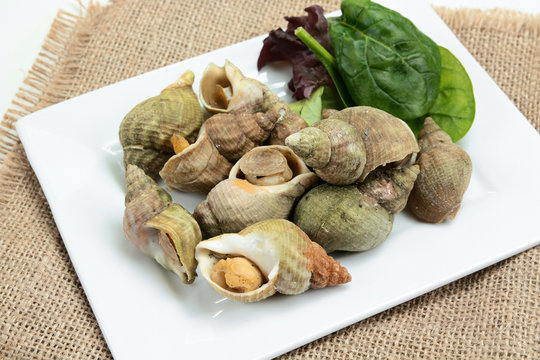

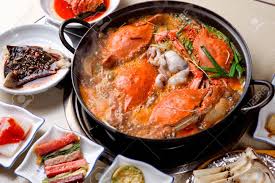

Ten Interesting Facts
- New Caledonia is renowned for its vast coral reef, the second largest in the world.
- The island’s main language is French, while the indigenous Kanak languages are also widely spoken.
- New Caledonia’s main island, Grande Terre, features a diverse range of landscapes, including mountains, beaches, and rainforests.
- The Tjibaou Cultural Centre in Nouméa is a major cultural institution dedicated to Kanak heritage.
- New Caledonia has a significant nickel mining industry, contributing to its economy.
- The Isle of Pines is known for its unique pine forests and stunning white-sand beaches.
- New Caledonia’s diverse marine life includes a variety of coral species, fish, and sea turtles.
- The island’s climate is tropical, with warm temperatures and seasonal rainfall.
- New Caledonia’s cultural festivals provide insight into its rich Kanak and French heritage.
- The island’s cuisine features a blend of traditional Melanesian dishes and French culinary influences.
Conclusion
New Caledonia is a captivating destination that offers a unique blend of natural beauty, cultural richness, and historical significance. From its stunning beaches and coral reefs to its vibrant cultural heritage and diverse cuisine, New Caledonia provides a memorable experience for travelers seeking an exotic escape. Whether exploring the island’s lush landscapes, immersing in its cultural traditions, or enjoying its culinary delights, visitors are sure to be enchanted by the charm and allure of this South Pacific paradise.
let’s enjoy few years on earth with peace and happiness….✍🏼🙏

